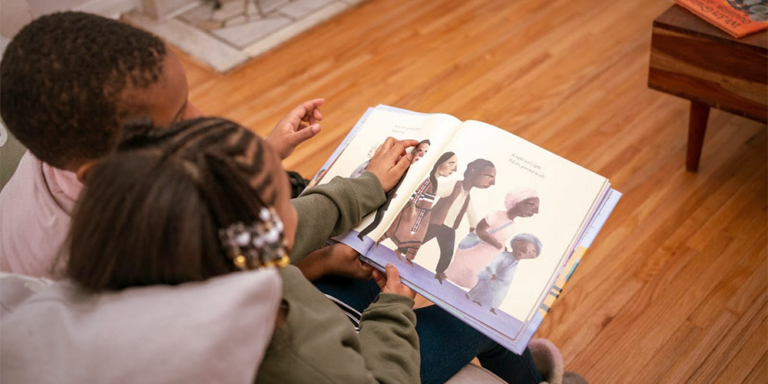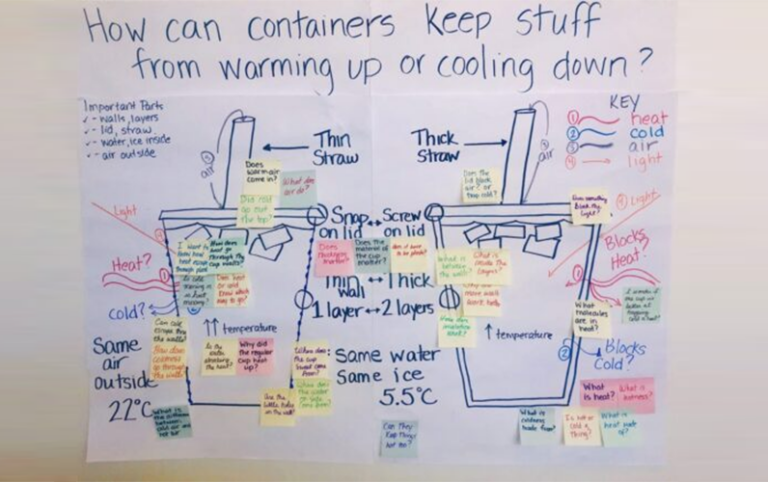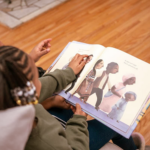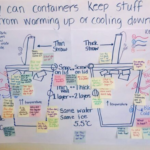Those rejuvenating weeks of winter break. What teacher doesn’t need the recharge that comes with family, friends, and carbohydrate-rich junk food? Of course, your students enjoyed their vacation, as well, but let’s face facts. They didn’t spend their downtime preparing for another semester of academic rigor.
Now that January has arrived, it’s time to jumpstart the school year’s second half, which means reintegrating students after a semi-prolonged period of Netflix binges and sleeping without an alarm clock.
Rewiring students’ brains for learning — it’s a challenge, for sure. That’s why we always turn to the most trusted experts out there: teachers like you who, year after year, successfully circumvent the pitfall of the second semester slump.
Some of the most actionable techniques come from Sara Langlois, a teaching veteran who advises shaking up the classroom atmosphere. Below, she describes how her classroom setup creates an environment that’s conducive to learning, promotes teamwork, and integrates fun.
Rearrange Classroom Seating
One of the first things I like to do with my students is to re-organize my seating chart. The first half of the year I spend with the students in modified rows of three students a piece. This allows for individual work, but can also lend itself well to small group discussions.
However, by the second half of our year, I feel we are ready for small groups. Cooperative learning is trying for some students, but this can teach them the social side of learning. They work together to find solutions, rather than relying on themselves solely.
I have a class size of 24, and I put them in groups of four. I feel this energizes them and gets them excited to learn. It also gives them a sense of independence. I am counting on them to work together and keep themselves and their members present with the learning that’s happening.
Another thing I like to introduce is whole-class rewards. This works directly with the small groups. Students must really work on their interactions with others because, to earn “points” (I fill a jar with pompom balls), everyone must be “present” and on task — discussing classroom topics or focusing on the teacher/presenter.
These rock-solid techniques help breathe life into the second semester, a time when students often become antsy and overwhelmed. As the scenery evolves, so does the learning dynamic. In doing so, you help recharge your students’ minds and direct their thinking patterns toward grander academic achievement.
The social integration in and of itself lends, even more, credence to Sara’s techniques. After all, when students collaborate, they discover that leadership comes in multiple forms.
Set New Learning Intentions
Once students return for the second semester, they may feel deflated, as if their assignments amount to busy work. As completing a task for the sake of occupying time negates the philosophy of learning with purpose and intention, setting clear and actionable academic goals will help your kids muscle through the more trying second semester.
Goal-centric learning enables students to answer the question of why. While full comprehension of learning objectives makes the work meaningful, the reasons behind assignments give students something tangible to use as inspiration.
These milestones can come in both macro and micro configurations. In other words, to keep the inertia moving in the second half of the year, teachers can set both semester-long goals alongside unique objectives for each assignment.
For example, the big-picture goal of the semester might be for students to work together in order to tap into their unique leadership skills. On the other hand, when assigning an individual essay, you can instruct students that their mission is to not only communicate ideas, but also to study alternative points of view.
Use New Technologies
While repetition helps increase knowledge retention, continuing the same activities over and over can become stale and tedious. Instead, ensure that learning never amounts to a student becoming an automaton who completes assignments in a robotic fashion. The introduction of new and essential classroom technology ensures students skirt the monotony trap.
Yes, you may be thinking about the money issue right about now. To say the least, classroom budgets vary. In fact, it’s unlikely that even the wealthiest districts have the riches required to supply their schools with augmented reality technology.
That said, a few affordable tools and applications will mix up the pedagogy a bit. Flipgrid, for example, gives teachers a platform to ask students questions and also enables the kids to provide a video response. You might add NewseumED to your list as well. The tool curates reputable sources that focus on first amendment issues and media literacy, not only for the purposes of documentation, but also for discovery.
Implement a Fun Quota
As Oscar Wilde so sagely advised his readers, “life is too important to be taken seriously.” The classroom receives no exemption from this rule. Winter break has ended, and for many students, summer vacation feels eons away.
They need fun. Luckily, lighthearted classroom activities have no age limit. Even the angstiest high schooler may enjoy turning a history study session into a game of Jeopardy. At the same time, younger elementary students may also retain more knowledge with the gamification of subject matter. In this way, fun increases engagement, which remains a powerful tool as you work to inspire students after winter break.






